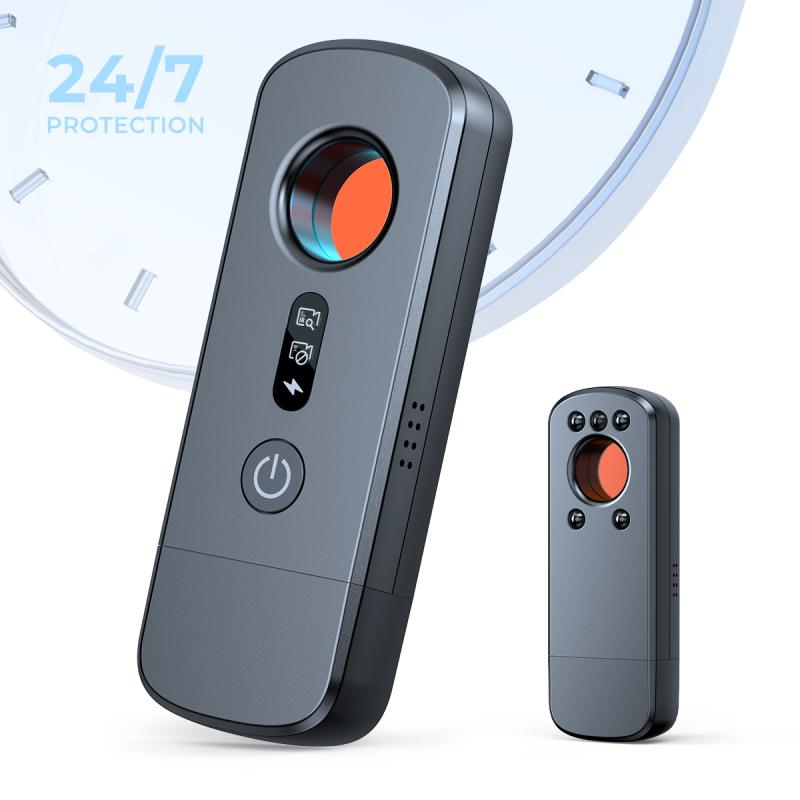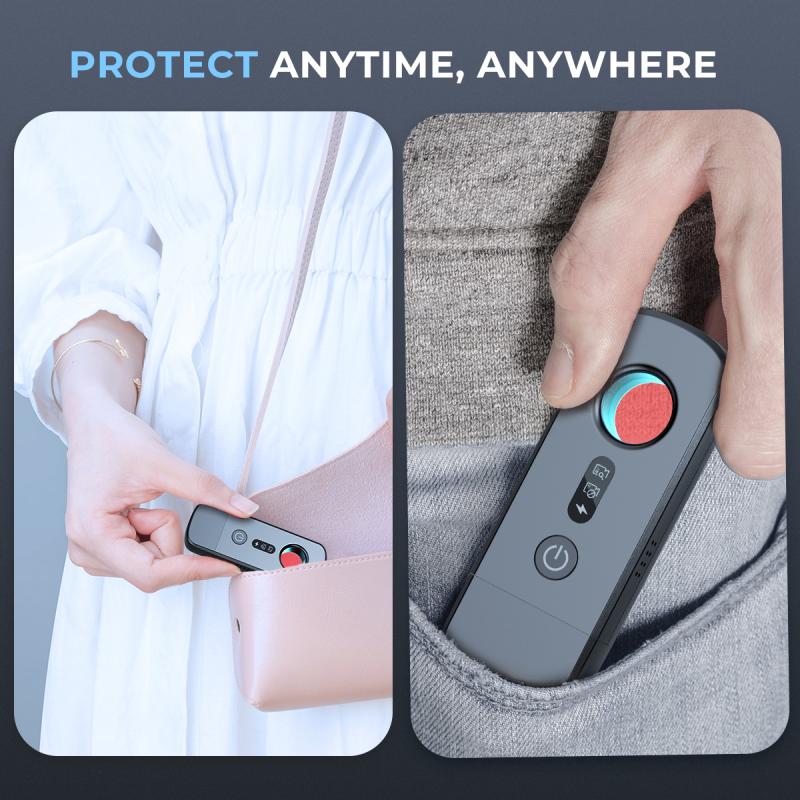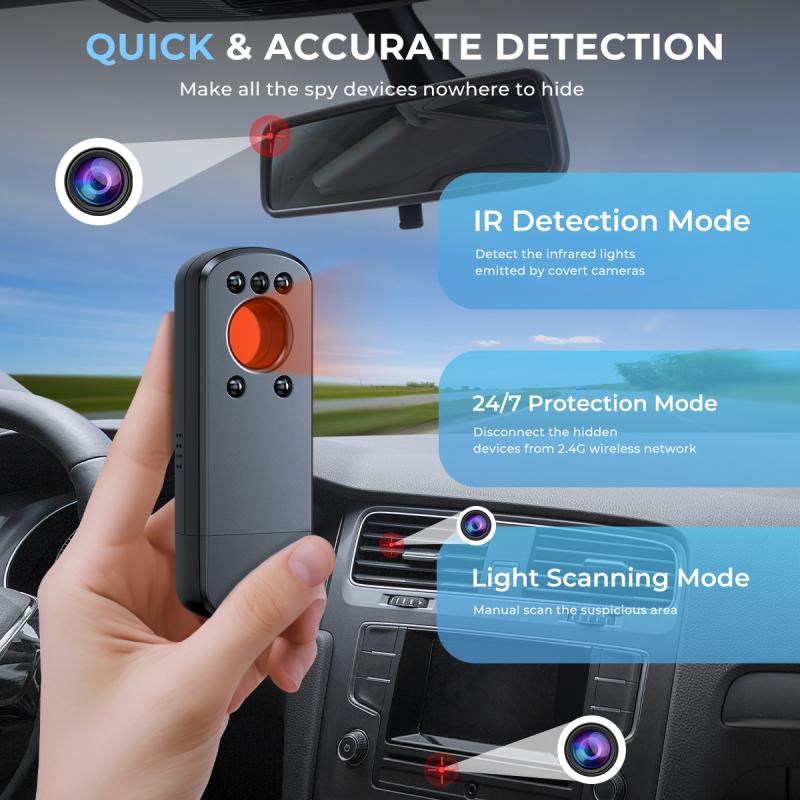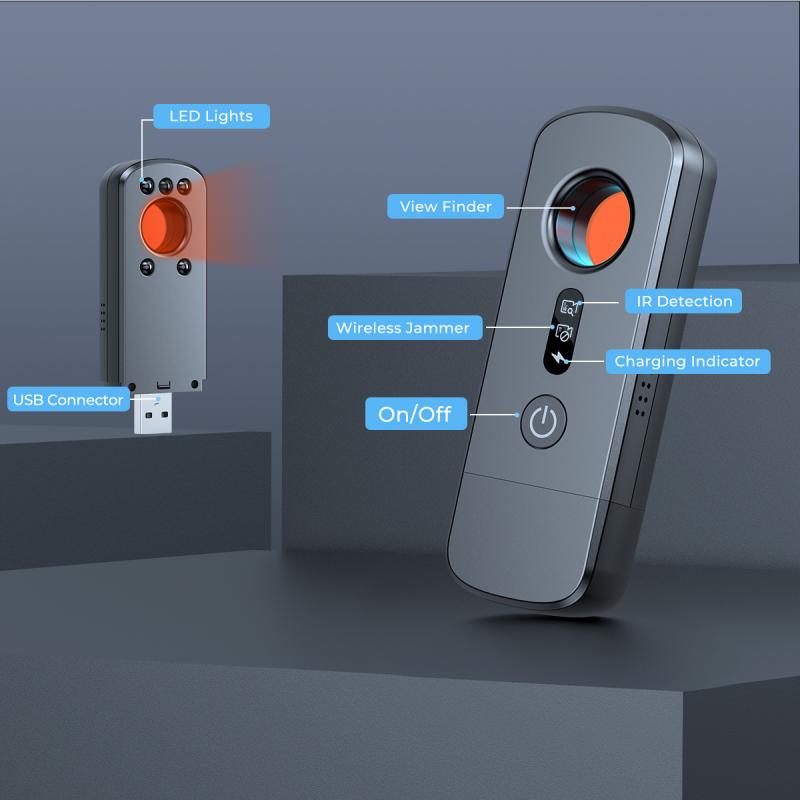How To Find Hidden Cameras With Iphone?
In today's world, privacy concerns are more prevalent than ever. With the increasing availability of hidden cameras, it's essential to know how to protect yourself from unwanted surveillance. Whether you're staying in a hotel, renting an Airbnb, or simply want to ensure your personal space is secure, knowing how to detect hidden cameras can provide peace of mind. Fortunately, your iPhone can be a powerful tool in this endeavor. In this article, we will explore various methods to find hidden cameras using your iPhone, ensuring you can safeguard your privacy effectively.
Understanding Hidden Cameras

Before diving into the detection methods, it's crucial to understand what hidden cameras are and how they operate. Hidden cameras are small, often inconspicuous devices designed to capture video or images without being easily noticed. They can be embedded in everyday objects such as smoke detectors, alarm clocks, picture frames, and even electrical outlets. These cameras can transmit footage wirelessly or store it on internal memory for later retrieval.
Why Use an iPhone for Detection?

The iPhone is equipped with several features that make it an excellent tool for detecting hidden cameras. These include:
1. Camera and Flashlight: The iPhone's camera and flashlight can help identify hidden lenses.
2. Magnetometer: This sensor, used in the compass app, can detect magnetic fields emitted by electronic devices.
3. Wi-Fi and Bluetooth Scanning: The iPhone can scan for unusual Wi-Fi and Bluetooth signals that hidden cameras might use to transmit data.
4. Third-Party Apps: There are several apps available that can assist in detecting hidden cameras.
Methods to Detect Hidden Cameras with an iPhone

1. Physical Inspection

The first step in detecting hidden cameras is a thorough physical inspection of the area. Look for any unusual or out-of-place objects. Pay special attention to common hiding spots such as smoke detectors, air purifiers, alarm clocks, and electrical outlets. Use your iPhone's flashlight to inspect these objects closely. Hidden camera lenses often reflect light, so shining a flashlight on suspicious items can reveal a hidden lens.
2. Using the iPhone Camera
Your iPhone's camera can be a valuable tool in detecting hidden cameras. Here's how to use it:
- Infrared Detection: Many hidden cameras use infrared (IR) light for night vision. While the human eye cannot see IR light, your iPhone camera can. Turn off the lights in the room and use your iPhone's front-facing camera to scan the area. Look for any small, glowing or flashing lights that could indicate an IR emitter.
- Lens Reflection: Hidden camera lenses can reflect light. Turn off the lights and use your iPhone's flashlight to scan the room. Slowly move the flashlight around and look for any reflections that could indicate a camera lens.
3. Using the Magnetometer
The iPhone's magnetometer, found in the Compass app, can detect magnetic fields emitted by electronic devices. Hidden cameras often contain small motors or other electronic components that generate magnetic fields. To use the magnetometer:
1. Open the Compass app on your iPhone.
2. Move your iPhone around the room, paying close attention to areas where you suspect a hidden camera might be located.
3. If the compass needle moves erratically or you notice unusual magnetic readings, investigate the area further.
4. Wi-Fi and Bluetooth Scanning
Hidden cameras that transmit data wirelessly often use Wi-Fi or Bluetooth signals. You can use your iPhone to scan for these signals:
- Wi-Fi Scanning: Open the Settings app and go to Wi-Fi. Look for any unfamiliar or suspicious networks. Hidden cameras might create their own Wi-Fi network or connect to an existing one.
- Bluetooth Scanning: Open the Settings app and go to Bluetooth. Look for any unfamiliar or suspicious devices. Hidden cameras might use Bluetooth to transmit data.
5. Using Third-Party Apps
Several third-party apps are designed to help detect hidden cameras. These apps use various methods, including scanning for IR light, detecting magnetic fields, and identifying suspicious Wi-Fi and Bluetooth signals. Some popular apps include:
- Hidden Camera Detector: This app uses your iPhone's camera and flashlight to detect hidden camera lenses. It also scans for IR light and magnetic fields.
- Fing: This network scanner app can help identify unfamiliar devices connected to your Wi-Fi network, which could indicate a hidden camera.
- Glint Finder: This app uses your iPhone's camera to detect reflections from hidden camera lenses.
Best Practices for Ensuring Privacy
While the methods outlined above can help you detect hidden cameras, it's essential to adopt best practices to ensure your privacy:
1. Regular Inspections: Make it a habit to inspect your surroundings regularly, especially when staying in unfamiliar places.
2. Cover Suspicious Objects: If you find an object that you suspect contains a hidden camera, cover it with a cloth or tape to block the lens.
3. Report Suspicious Activity: If you discover a hidden camera, report it to the appropriate authorities, such as the property owner, hotel management, or law enforcement.
4. Use a VPN: When using public Wi-Fi networks, use a Virtual Private Network (VPN) to protect your data from potential eavesdropping.
In an age where privacy is increasingly under threat, knowing how to detect hidden cameras is a valuable skill. Your iPhone, with its array of sensors and capabilities, can be an effective tool in this endeavor. By conducting thorough physical inspections, using your iPhone's camera and magnetometer, scanning for Wi-Fi and Bluetooth signals, and leveraging third-party apps, you can significantly reduce the risk of being unknowingly surveilled. Remember to adopt best practices for ensuring privacy and report any suspicious findings to the appropriate authorities. With these steps, you can protect your personal space and enjoy greater peace of mind.
